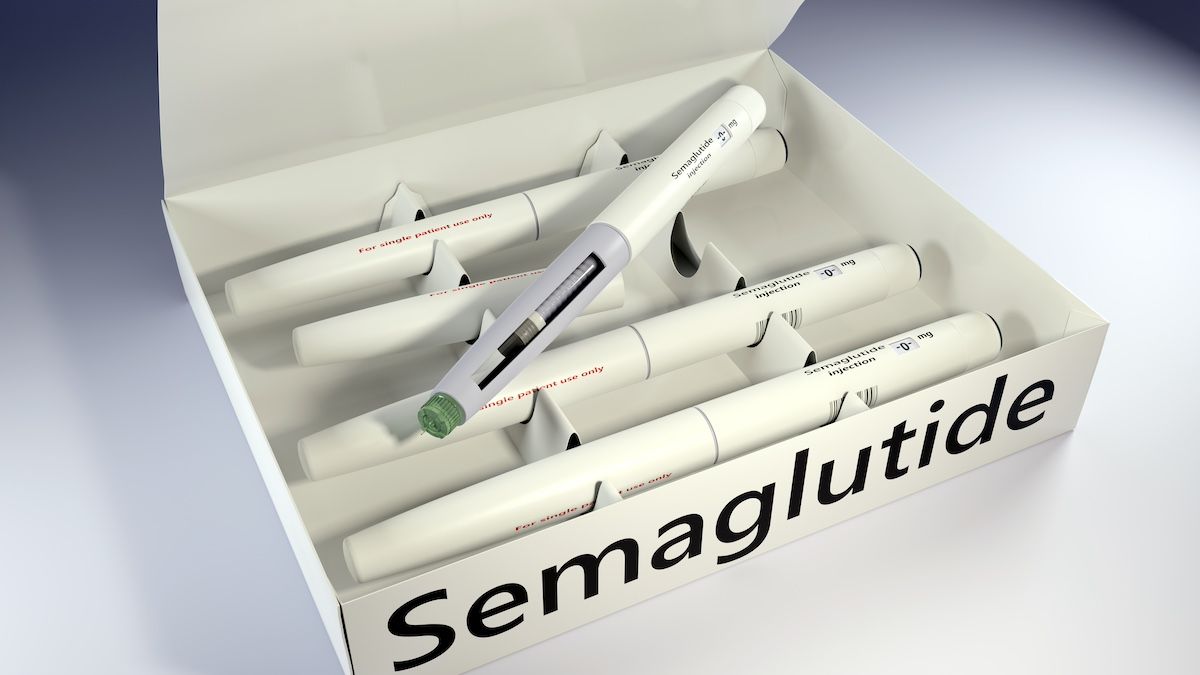Article
Using Data to Improve the Patient Experience and the Bottom Line
Author(s):
There are 4 primary areas in which today’s new breed of patient engagement technologies help health systems enhance their reporting and glean more insight from their electronic health records to modernize patient access, automate patient-provider communications, and grow their business in the process.
In today's healthcare climate, providers are increasingly expected to collect and report on numerous data points to payers and CMS. Collecting the data isn’t necessarily an issue, but the task of deciphering which subsets of data to harness—and how—in order to improve both the patient experience and business results is emerging as an enormous challenge.
At the same time, the way care teams engage with patients continues to evolve in response to the public's increased demand for better healthcare. The pressure for providers to demonstrate value has never been greater. Innovative health systems and clinics can stay ahead of the curve by adopting solutions that integrate with their electronic health record (EHR) systems to generate actionable insights across the entire patient journey.
There are 4 primary areas in which today’s new breed of patient engagement technologies help health systems enhance their reporting and glean more insight from their EHRs to modernize patient access, automate patient-provider communications, and grow their business in the process.
Patient outreach and new patient conversion. It’s the responsibility of providers to help patients access care, and to prevent referred or attributed patients from falling through the cracks. Intelligent patient engagement solutions allow care teams to not only reach patients, but also track the outcomes of that outreach and overall referral efforts. Then, based on the results, adjustments can be made on an ongoing basis to improve communication strategies and subsequent conversion rates.
New advances in patient outreach technologies can also address population health goals by connecting groups of individuals to care to boost outcomes. By leveraging additional patient access methods such as mobile communications/texting, providers can more effectively reach patients, gauge their health progress, and simplify access to electronic resources that can improve health literacy and ensure patients understand their care plans. Automated targeting of high-risk groups can ensure patients get the care they need, when they need it, and help providers meet population health goals.
Patient satisfaction and experience. The biggest movement in healthcare is patients’ increased demand for better healthcare. They are demanding quicker access to care, easier communication with their providers, and higher quality outcomes. With the growing emergence of retail clinics that offer a new level of convenience for patients, providers have to adjust to changing patient demand in order to retain and grow their share of the market.
Modern patient engagement technology is another response to this demand as it allows providers to capture real-time patient feedback. Automated features can funnel positive input to online review pages such as Google, Facebook, or Yelp, while suggestions for improvement are captured by the system in order for providers to adjust accordingly. Net Promoter Score, which is used in retail and hospitality to measure customer experience, is increasingly being adopted in the healthcare industry to gauge patient satisfaction. One dermatology clinic, for example, increased its NPS from 83.84 to 87.14 in just 30 days after deploying new mobile-based intake technology, which allowed patients to submit and register for their visit prior to coming onsite.
Preventative care gaps and patient recall. Today’s EHR-integrated patient engagement technologies can automatically track and identify patients who are due for critical preventive care or follow-up visits, and activate targeted outreach to ensure they get to care. Care teams can track the success of these messages over time to ensure they’re reaching patients in the right way and at the right time. For patients with chronic conditions, automated engagement and reactivation is critical to eliminate gaps in preventative care and optimize health outcomes
Two-way outcomes reporting. Continuous patient communication is critical to ensure optimized outcomes. Two-way patient engagement technologies today can empower patients and providers to safely communicate outside of the 4 walls of the office visit. For diabetic patients, for example, advances in wearables and other medical devices now allow physicians to access and monitor patient A1C levels that are automatically uploaded to the cloud. With the addition of EHR-integrated patient technology, these physicians can now use real-time methods such as mobile texting to alert and engage with these patients to help guide them towards optimized outcomes.
Similarly, providers can leverage new patient engagement technology to access detailed patient information, before or in between visits. Patient data such as vitals like blood pressure or screening assessments can now be shared securely and directly imported to EHR systems using new patient engagement functionality. Maintaining this communication establishes a continuum of care that empowers the patient to play an active role in their own care journey.
Data is the driving force that’s changing the way we experience and interact with the applications and tools we use at work and in our personal life. Healthcare is no exception and new patient engagement technologies are changing the way we experience our own healthcare, and more importantly, how we control the best health outcomes in our own patient journey. These examples are just 4 in a long list of solutions and methodologies that providers and health plans should utilize to harness new insight to improve the way we as patients receive and access care. It’s what patients demand, but also what they deserve.




